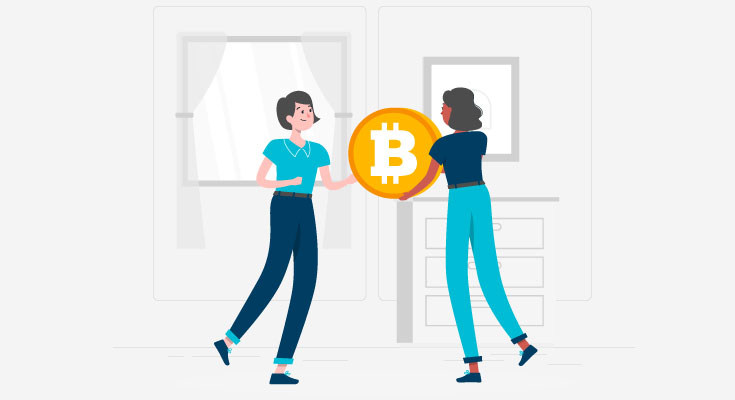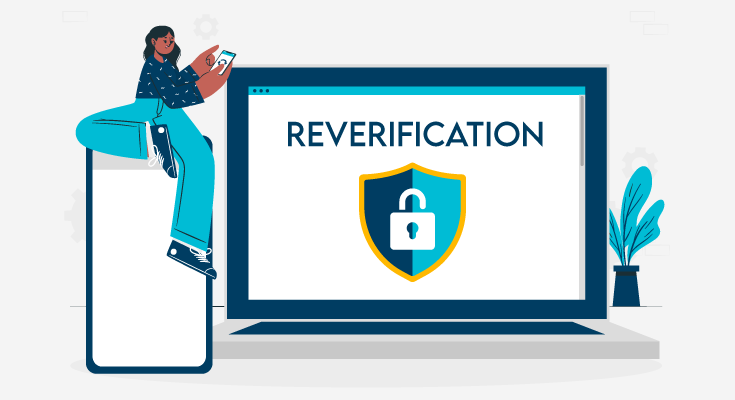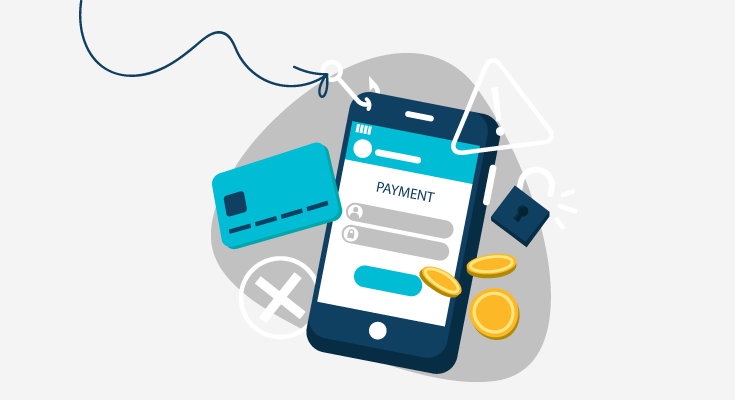Bitcoin, the world’s first decentralized digital currency, has gained immense popularity since its inception in 2009. Initially hailed as a revolutionary alternative to traditional currencies, Bitcoin’s anonymity and decentralized nature have also made it an attractive tool for illicit activities, including money laundering.
Introduction to Bitcoin
Bitcoin operates on a peer-to-peer network, utilizing blockchain technology to facilitate secure transactions without the need for intermediaries like banks. Its decentralized nature and cryptographic security have led to widespread adoption, with millions of users globally.
Understanding Money Laundering
Money laundering is the process of concealing the origins of illegally obtained money, typically by transferring it through a complex sequence of banking or commercial transactions. The primary goal is to make the funds appear legitimate.
Bitcoin’s Role in Money Laundering
Bitcoin offers a level of anonymity and pseudonymity unmatched by traditional financial systems. Transactions are recorded on a public ledger, but the identities of the parties involved remain largely anonymous. This anonymity makes it challenging for law enforcement agencies to track illicit activities.
Dark Web and Bitcoin
The dark web, a hidden part of the internet accessible only through specialized software, has become synonymous with illegal activities such as drug trafficking, weapons sales, and money laundering. Bitcoin is the preferred currency for transactions on the dark web due to its anonymity and ease of use.
Challenges in Regulating Bitcoin
Unlike traditional currencies, Bitcoin operates outside the control of central banks or governments. This lack of centralized authority poses significant challenges for regulators seeking to combat money laundering and other illicit activities. Additionally, the pseudonymous nature of Bitcoin addresses makes it difficult to trace transactions back to their origin.
Addressing Money Laundering Risks
To mitigate the risks of Bitcoin-related money laundering, various blockchain analysis tools have been developed to trace transactions and identify suspicious activity.
Additionally, regulatory measures, such as Know Your Customer (KYC) and Anti-Money Laundering (AML) regulations, are being implemented by cryptocurrency exchanges and financial institutions.
Real-world Cases of Bitcoin Money Laundering
Several high-profile cases have highlighted the use of Bitcoin for money laundering purposes. For example, the Silk Road, an online marketplace notorious for selling illegal drugs and other contraband, relied heavily on Bitcoin transactions to facilitate its operations.
Impact on Financial Systems
The rise of Bitcoin and other cryptocurrencies has raised concerns among traditional financial institutions and regulators. The decentralized nature of Bitcoin challenges the existing regulatory framework, prompting efforts to integrate blockchain technology into mainstream financial systems.
Future Outlook
As Bitcoin continues to evolve, regulators are working to adapt their strategies to address the unique challenges posed by cryptocurrency-based money laundering. Innovations in blockchain analysis and regulatory frameworks offer hope for combating illicit activities while preserving the benefits of digital currencies.
UNDERSTANDING BITCOIN AND ITS APPEAL TO MONEY LAUNDERERS
Bitcoin is a decentralized digital currency that allows for peer-to-peer transactions without the need for intermediaries such as banks.
Its features—anonymity, borderless nature, and the difficulty of tracing transactions—make it attractive for money laundering.
Key Features Attracting Money Launderers
1. Anonymity: While Bitcoin transactions are recorded on a public ledger (the blockchain), the identities of the participants are masked behind cryptographic addresses.
2. Ease of Transfer: Bitcoin can be transferred globally without the need for regulatory oversight, making it ideal for moving funds across borders.
3. Liquidity: Bitcoin can be easily converted into fiat currencies through exchanges, providing liquidity to laundered funds.
Step-by-Step Process of Bitcoin Money Laundering
1. Placement: Introducing Illicit Funds into the System
- Cash-to-Bitcoin Conversions: Criminals purchase Bitcoin using illicit cash through peer-to-peer platforms or Bitcoin ATMs. These methods often require minimal identity verification.
- Structured Transactions: Breaking down large sums into smaller amounts to avoid detection, then purchasing Bitcoin.
2. Layering: Disguising the Origin of Funds
- Mixers/Tumblers: These platforms mix a user’s Bitcoin with others, making it difficult to trace the origin. Tumblers take a fee and return “clean” Bitcoin to the user.
- Chain Hopping: Converting Bitcoin into other cryptocurrencies (e.g., Monero, Zcash) known for enhanced privacy features, then back to Bitcoin or another cryptocurrency.
- Multiple Wallets: Transferring Bitcoin through a series of wallets to create a complex trail that obfuscates the source.
3. Integration: Reintroducing Laundered Funds into the Economy
- Conversion to Fiat: Selling Bitcoin on exchanges to convert it back into fiat currency, then depositing it into bank accounts.
- Investment in Assets: Using laundered Bitcoin to purchase high-value items like real estate, luxury cars, or art, which can later be sold for clean money.
- Online Gambling: Using Bitcoin to gamble online and then cashing out the winnings, which appear as legitimate earnings.
Tools and Techniques in Bitcoin Money Laundering
- Mixing Services (Tumblers)
Tumblers break the link between the sender and receiver by pooling bitcoins from multiple users and redistributing them in random amounts.
- Privacy Coins
Cryptocurrencies like Monero, Zcash, and Dash offer enhanced privacy features that hide transaction details, making them popular in the laundering process.
- Decentralized Exchanges (DEXs)
These platforms allow for cryptocurrency trading without the need for intermediaries, reducing the likelihood of identity verification and increasing anonymity.
- Peer-to-Peer (P2P) Platforms
P2P exchanges connect buyers and sellers directly, often with minimal regulatory oversight, making it easier to convert illicit funds into Bitcoin.
Challenges in Combatting Bitcoin Money Laundering
- Regulatory Gaps
The decentralized and international nature of cryptocurrencies makes it difficult for regulators to enforce anti-money laundering (AML) laws uniformly.
- Technological Sophistication
Criminals continually develop new techniques to stay ahead of law enforcement, such as using advanced encryption and leveraging new blockchain technologies.
- Jurisdictional Issues
Different countries have varying levels of regulation and enforcement, allowing criminals to exploit these disparities.
Regulatory and Technological Countermeasures
- Know Your Customer (KYC) Policies
Many exchanges now require KYC verification to link identities with transactions, making it harder for criminals to operate anonymously.
- Blockchain Analytics
Firms specializing in blockchain forensics track and analyze transaction patterns to identify suspicious activities and link addresses to real-world identities.
- International Cooperation
Governments and regulatory bodies are increasingly collaborating to share information and develop unified approaches to tackle cryptocurrency-based money laundering.
Frequently Asked Questions
Q1. How is Bitcoin different from traditional currencies regarding money laundering?
Bitcoin offers greater anonymity and ease of use compared to traditional currencies, making it more appealing for illicit activities.
Q2. Can Bitcoin transactions be traced?
While Bitcoin transactions are recorded on a public ledger, the identities of the parties involved remain pseudonymous, making tracing transactions challenging.
Q3. Are there legitimate uses of Bitcoin?
Yes, Bitcoin has various legitimate uses, including remittances, investments, and as a medium of exchange for goods and services.
Q4. How do regulators monitor Bitcoin transactions?
Regulators rely on blockchain analysis tools and cooperation from cryptocurrency exchanges to monitor Bitcoin transactions and identify suspicious activity.
Q5. What measures can individuals take to avoid involvement in Bitcoin money laundering?
Individuals should use reputable cryptocurrency exchanges, comply with KYC/AML regulations, and exercise caution when engaging in Bitcoin transactions to avoid inadvertently supporting money laundering activities.
Conclusion
While Bitcoin offers significant benefits for legitimate transactions, its very nature opens up opportunities for money laundering. Understanding the methods and tools used by criminals can help regulators and law enforcement agencies devise more effective strategies to combat these illicit activities.
As technology and regulations evolve, the ongoing challenge will be to balance the benefits of cryptocurrency innovation with the need to prevent its misuse for money laundering.







